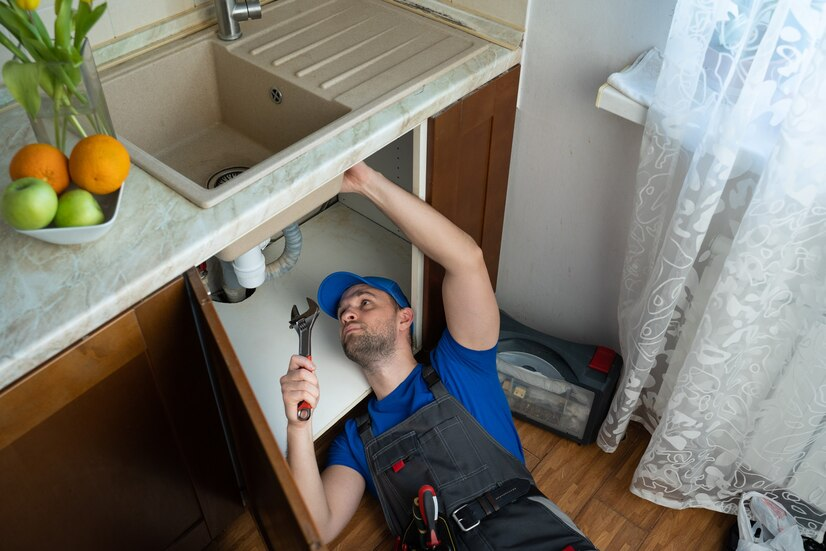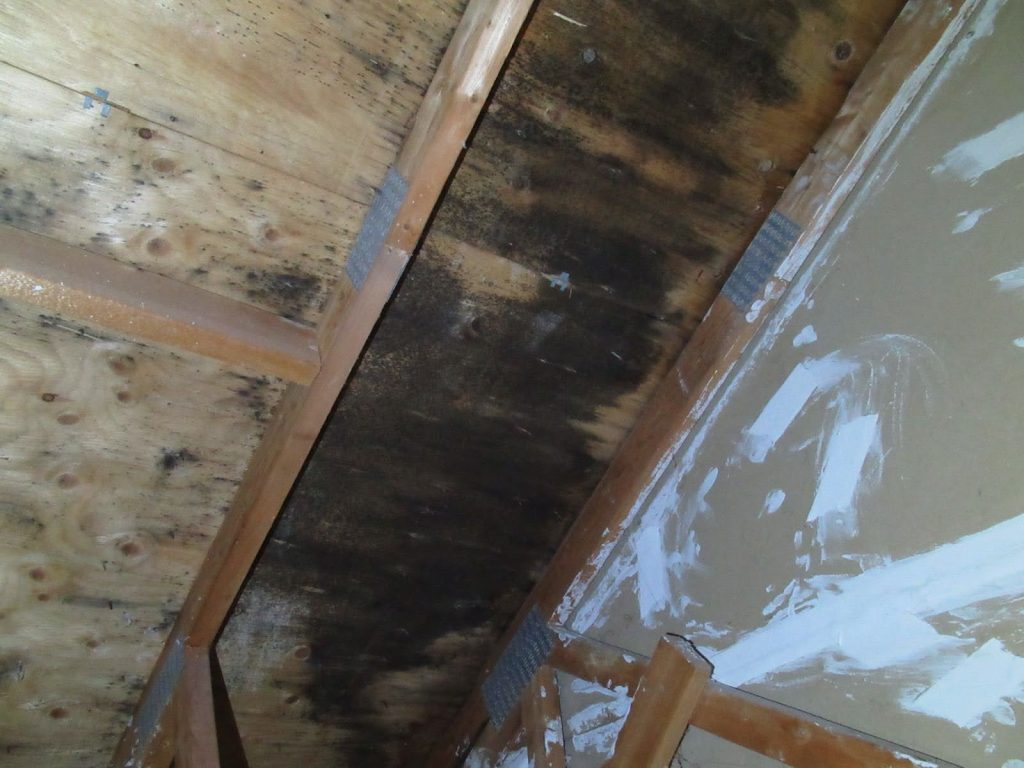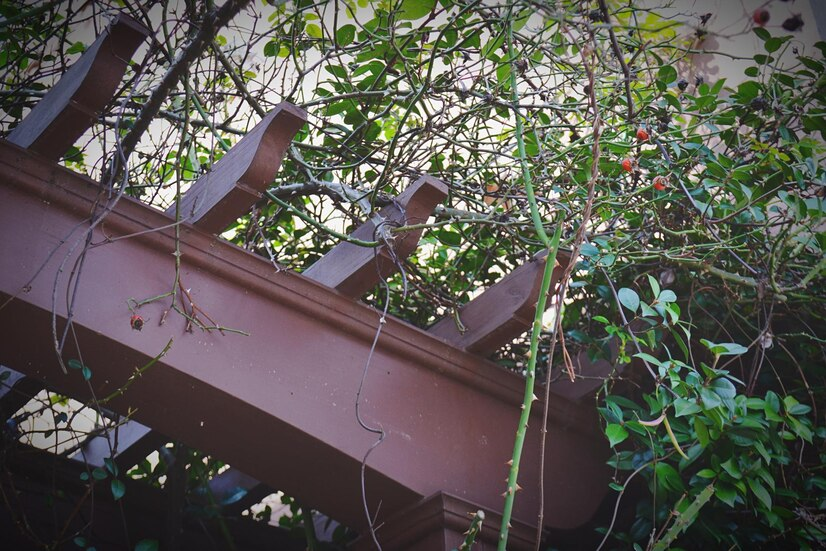- January 28, 2025
- By Home-Inspector
Home inspections are crucial steps in the home buying and selling process. They help identify potential problems affecting a property’s safety, functionality, and value. Understanding the most common issues can empower homeowners and buyers to address them proactively to ensure a smooth and informed transaction.
What are the Most Common Issues Found on Home Inspections?
During a home inspection, a home inspector scrutinizes various aspects of the property to uncover hidden problems. These buyer’s inspection services can reveal issues that might not be immediately visible but could have significant implications if left unaddressed. Knowing what to expect from a home inspection process can prepare you for potential fixes and negotiations, from structural concerns to minor repairs.
1. Plumbing Drain Leaks
One of the most common home inspection findings by businesses offering home inspection services is plumbing drain leaks. If not promptly fixed, these leaks can lead to water damage, mold growth, and structural issues. They often originate from aging pipes, faulty joints, or worn-out fixtures. Identifying the exact location of the leak is crucial to determining the appropriate repair method.

How to Fix It
Addressing plumbing drain leaks involves identifying the source of the leak and repairing or replacing the faulty pipes or fixtures. Homeowners should consider hiring a licensed plumber to ensure the repairs meet safety standards and prevent future issues. Regular maintenance checks can also help early detection and save time and money in the long run.
2. Foundation Cracks
Foundation cracks are a serious concern as they compromise a home’s structural integrity. These cracks may result from foundation settling, moisture issues, or soil movement. Small cracks might be superficial, but larger ones can indicate significant problems that affect the home’s stability. Ignoring foundation cracks can lead to costly repairs and decrease the property’s value.
How to Fix It
Fixing foundation cracks requires professional assessment to determine the severity. Solutions may include sealing minor cracks with epoxy or polyurethane injections, while more significant cracks might necessitate underpinning or other structural repairs to stabilize the foundation. Proper drainage and landscaping can also prevent future foundation issues.
3. Bad Ventilation
Poor ventilation in a home can lead to moisture buildup, which results in mold growth and deteriorating indoor air quality. It also affects the efficiency of heating and cooling systems and leads to higher energy bills. Inadequate ventilation often occurs in areas like bathrooms, kitchens, and attics, where moisture is prevalent. Addressing ventilation issues is essential for maintaining a healthy and comfortable living environment.
How to Fix It
Improving ventilation involves installing or upgrading exhaust fans in kitchens and bathrooms to ensure attic vents remain unobstructed and adding whole-house ventilation systems. Proper ventilation helps maintain a healthy and comfortable living environment. Regularly cleaning vents ensures adequate airflow and can prevent moisture buildup and related problems.
4. Electrical Double Tapping
Electrical double tapping occurs when you connect two wires to a single breaker terminal on an electrical panel. This practice can overload the circuit and increase the risk of electrical fires. Double tapping is often a sign of outdated or improperly maintained electrical systems. Addressing this issue is critical to maintaining the safety and reliability of the home’s electrical infrastructure.
How to Fix It
Correcting electrical double-tapping requires an electrician to assess the existing wiring, install additional breaker spaces, or use appropriate connectors. Connecting each wire to its terminal enhances the safety and reliability of the electrical system. An electrical pre-listing inspection can help identify and rectify double tapping before it becomes a hazard.
5. Attic Mold
Mold in the attic is often a sign of moisture problems, which can arise from roof leaks, poor insulation, or inadequate ventilation. Mold poses health risks, can damage the building materials, and leads to costly repairs. Attic mold is particularly concerning as it can spread to other home parts if not addressed promptly.

How to Fix It
To eliminate attic mold, identify and repair the source of moisture, improve ventilation, and remove affected materials. Professional mold remediation may be necessary for extensive infestations to ensure thorough removal and prevent a recurrence. Using mold-resistant materials and maintaining proper attic insulation can help prevent future mold growth.
6. Sloping Grounds Around the Property
Sloping grounds can lead to poor drainage problems, which causes water to pool around the foundation. This situation increases the risk of foundation cracks and basement flooding. Proper grading is essential to direct water away from the home and prevent moisture-related issues from affecting the property’s structural integrity.
How to Fix It
Addressing sloping grounds involves grading the landscape to direct water away from the home. Installing drainage systems, such as French drains or gutters, can also help manage water flow and protect the property’s foundation. Regular maintenance of landscaping and drainage systems ensures that water gets correctly diverted away from the house.
7. Vines and Creepers Overgrowth
Overgrown vines and creepers can damage a home’s exterior by penetrating cracks, clogging gutters, and adding unnecessary weight. They can also create hiding spots for pests, which leads to further structural issues. While plants can enhance a home’s curb appeal, excessive growth can become a liability if not properly managed.

How to Fix It
Regular maintenance home inspection services involve trimming and managing plant growth around the house. In some cases, removing invasive species and choosing more suitable plants can prevent future overgrowth and protect the home’s structure. Installing trellises or supports for climbing plants can also help control their spread and minimize potential damage.
8. Missing Shingles
Missing shingles expose the roof to the elements and lead to leaks and further damage. This issue happens due to harsh weather, age, or poor installation. A compromised roof can affect the entire home’s integrity, thus making it vulnerable to water damage and reducing energy efficiency.
How to Fix It
To maintain roof integrity, homeowners must promptly replace missing shingles. They should also inspect their roofs regularly and hire a professional roofer to ensure proper installation and prevent additional damage. High-quality shingles and proper installation techniques can extend the roof’s lifespan and enhance performance.
9. Cracked Roof Tiles
Cracked roof tiles can let water seep into the home, which causes leaks and structural damage. They may result from extreme weather conditions or aging materials. Identifying and repairing cracked tiles is crucial to prevent further deterioration of the roofing system and protect the home’s interior.
How to Fix It
Repairing cracked roof tiles involves replacing the damaged ones with new ones. Matching the new tiles with the existing roofing material is crucial for maintaining the roof’s appearance and functionality. Regular roof inspections can help detect cracked tiles early, thus allowing for timely repairs while preventing more extensive damage.
10. The Shower Leaks Moisture Into Other Walls
Shower leaks can lead to moisture seeping into adjacent walls, which promotes mold growth and weakens wall structures. This issue often arises from faulty plumbing or inadequate sealing. Persistent moisture can damage drywall, insulation, and other building materials, which leads to costly repairs and health hazards.
How to Fix It
Fixing shower leaks requires identifying the leak source, which may involve repairing plumbing fixtures or resealing the shower enclosure. Proper waterproofing during installation prevents future moisture issues. Regular bathroom maintenance and inspections can help detect and address leaks before they cause significant damage.
Final Thoughts
Promptly addressing common home inspection issues preserves the value of your property and ensures a safe and comfortable living environment. Whether buying, selling, or maintaining a home, understanding these issues detailed in a home inspection report can help you make informed decisions and engage the right professionals for repairs. Regular maintenance and home inspections can save you time and money in the long run and provide peace of mind for years to come. Services like a thorough inspection can streamline the selling process by making your property more attractive to potential buyers. By being proactive and attentive to these common home inspection issues, you can maintain your home’s integrity and enjoy a worry-free living space.
